Stamp collecting has long been a loving hobby among enthusiasts drawn to the history, artwork, and thrill of curating these small pieces of paper. However, many new philatelists become frustrated when trying to safely remove stamps from envelopes without causing tears or damage. Have no fear – using proper techniques and tools, you can successfully detach stamps while preserving their condition and value.
This guide will explore the best practices for removing stamps from envelopes in preparation for mounting them in your curated collection. We’ll cover proper soaking methods, specialty steamers designed for collectors, dry separation tools, and handling techniques to keep your stamps intact. You’ll also learn professional tips for separating stamps from tricky surfaces like self-adhesive paper and aged glue.
Follow these simple methods, and you’ll be ready to dive into the captivating world of stamp collecting without hiccups. Save time, money, and your stamps themselves by avoiding the heartbreak of damage during removal. With the right materials and some practice, detaching stamps can become an easy, enjoyable part of growing your impressive collection.
So soak in some knowledge, steam open new solutions, and use care when handling these delicate collectibles. Our guide will ensure safe, efficient stamp removal and preservation as you pursue your new hobby. Let’s get started.
Methods for Removing Stamps
When expanding your collection, learning proper stamp removal techniques is essential for keeping these delicate items intact. Avoid damage or tears by using the right tools and methods suited to the stamp’s age and envelope type.
A. Soaking Method
The most common and gentlest approach to stamp removal is the soaking method. By thoroughly wetting the stamp and envelope paper, the adhesive begins to dissolve over 15-30 minutes enabling the stamp to be detached undamaged.
Step-by-Step Soaking Instructions:
- Gather a shallow tray, tweezers, distilled water, paper towels, and stamp mounts or album pages. Avoid using tap water which may contain minerals that leave residue.
- Carefully place the envelope paper with stamp face down in the tray, completely submerged in distilled water.
- Let soak 10-15 minutes then gently rub the paper around the stamp edges to loosen.
- Once stamp releases, use tweezers to transfer and position onto a paper towel to dry.
- Finally, mount stamp once completely dry.
Pro Tip: Check progress periodically and avoid oversoaking stamps. Gentle agitation speeds up adhesive breakdown.
B. Steam Method
While soaking works well for common adhesives, steam is safer for older or delicate stamps at risk of damage in water. Specialty stamp steamers use controlled, directed steam to loosen stamps.
Steamer Stamp Removal Process:
- Read steamer instructions for correct setup, wand positioning and technique.
- Hold envelope paper securely, position steam wand over stamp’s edges directing steam for 5-10 seconds per edge.
- Once edges and back are steamed, check if stamp can be safely lifted. Repeat if still adhered.
- Use tweezers to gently lift steamed stamp from envelope and set aside to dry completely before mounting.
The steaming method provides efficient stamp removal without moisture risks when done carefully. It’s an easily learned approach for safe enlargement of your collection.
C. Dry Method
For collectors that want to avoid moisture entirely, using specialty dry stamp removal tools is the solution. By sliding thin blades or wires under the stamp, you can pop it off the envelope intact.
Equipment You’ll Need:
- Stamp removal knife: Features a curved blade to lift stamps cleanly
- Stamp pick: Micro-tip pick for separating stamp from paper
- Tweezers: For handling detached stamp to mount
Technique Using Removal Knife:
- Position envelope on flat surface and hold firmly in place.
- Carefully slide blade flat under one stamp corner, wiggling gently.
- Once blade slides fully underneath, gently lift up to pop stamp off paper.
- Use tweezers to transfer detached stamp to mount.
Repeat process on all stamp sides as needed if residual paper remains attached.
For Best Results Removing Adhesive Residue:
- Try a stamp pick instead to sever tiny fibers clinging to stamp back.
- For paper still stuck after picking, use a soft pencil eraser.
- Avoid over-picking and erasing which can damage stamp condition.
The dry method with specialty tools allows collectors to avoid water and steam while still safely removing stamps damage-free. Follow precise techniques to successfully grow your enveloped stamp collection.
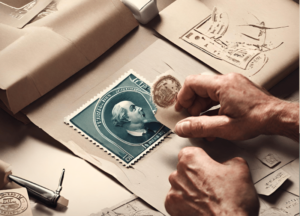
Advanced Techniques
Once mastered basic removal methods, take your collecting skills to the next level with these tricks for getting stamps off tricky surfaces.
A. Self-Adhesive Stamp Separation
Modern self-adhesive stamp technology poses extra challenges requiring modified approaches to keep stamps undamaged:
Tackling Self-Stick Stamps:
- Freeze envelopes with stamps for 2-4 hours allowing the glue to become less tacky before removal attempts.
- Experiment with steamer wands on an inconspicuous spot first instead of water to avoid paper ripping if overly dried out.
- If sticky residue remains on stamps after removal, lightly brush with a soft gum eraser avoiding too much friction.
B. Vintage Envelope Stamp Removal
When dealing with antique envelopes, employ extra diligence to not destroy postal history:
Preserving Old Letters While Collecting Stamps:
- Carefully cut envelope edges around the stamp with a sharp blade if too delicate to soak without falling apart.
- Use steam stamp removal kits on lower settings for fragile paper at risk of scorching.
- Folder intact vintage envelopes horizontally to better protect contents when storing in your collection.
Progress slowly and gently with vintage mail as these artifacts become more delicate over time. Prioritize preservation.
Preserving Stamp Quality
Once removed from envelopes, proper ongoing stamp care is crucial for maintaining value and condition. From storage to handling, utilize best practices in your collecting process.
Why Stamp Preservation Matters
Damaging stamps through improper removal methods, over-handling or neglecting storage conditions lowers resale profits and collection esteem. A pristine stamp, however, retains optimum appeal and investment return. Prioritize care.
Expert Stamp Handling Tips
- Always grip stamps by their edges using finger tips or soft-tipped tweezers to avoid marking.
- Avoid touching stamp face and design area for clarity over time.
- Return stamps to albums or protective mounts quickly after admiring to reduce risk of loss or accidents.
- Consider wearing cotton gloves while inspecting stamps to prevent natural hand oils from accumulating.
Ideal Storage Practices
The right environmental setup boosts longevity for prized collections:
- Store albums/mounts in cool, dark spaces away from direct light which fades colors.
- Maintain storage at a controlled room temperature between 65-70° Fahrenheit.
- Keep stamps in an acid-free environment using specialty albums and non-PVC supplies.
- Use desiccant packs if high humidity risks mold formation over 60%.
By using attentive care when handling and environmental control in storage spaces, you safeguard your stamp investment while retaining their original beauty for years of enjoyment. follow these guidelines to optimize your stamp condition.
Legal Considerations
When amassing your stamp collection, it’s vital collectors understand the laws and ethical obligations around envelope stamp removal. Follow regulations and industry best practices.
Is Stamp Removal Legal?
In the United States, the official statute states taking intact postage stamps off envelopes for collection and reuse purposes is not strictly prohibited by federal law. However, tearing and damaging envelopes themselves in the process is illegal. Additionally, improperly removing stamps is unethical.
Ethical Stamp Collecting Standards
While legally you may salvage postage, every collector should follow an ethical removal process that respects envelopes as private property. This maintains the reputation of the stamp community at large:
- Only remove stamps from your own mail or envelopes obtained through legal channels with owner consent.
- Use least destructive methods like water soaking stamps off intact envelopes whenever possible to not diminish historical value.
- Avoid taking stamps from important correspondence that institutions may want preserved like military, governmental or historic letters.
- If selling your collection, keep extensive records showing your legal sourcing practices to avoid accusations of mishandling mail.
Adhering to moral principles demonstrates your credibility and dedication to this respected hobby.
By staying updated on laws in your region and following strict ethical guidelines, you can feel confident building your envelope stamp collection the right way. Prioritize doing no harm in your practices.
Conclusion
By now you have all the guidance to begin safely removing stamps from envelopes for your collection with success. Follow these best practices, and you’ll have a growing, quality assembly that provides enjoyment while retaining investment potential.
Key Takeaways:
- Soak common modern stamps off using water methods to loosen adhesives and tweeze away undamaged.
- Try steam for vintage fragile stamps to prevent tearing delicate papers when wet.
- Use specialty dry removal tools like picks to cleanly lift stubborn cling stamps.
- Always handle stamps along edges and store properly in albums away from light/excess moisture.
- Understand laws allow personal stamp removal but require ethical practices respecting mail.
- Tailor methods to envelope/stamp age and properties for trouble-free extraction.
While removing stamps takes some experimentation at first, once mastered properly, you’ll find the techniques become second nature. Soon you’ll have a go-to process allowing you to quickly yet safely free stamps from envelopes discovered across various sources.
When challenges arise, remember patience and care for both stamps and envelopes helps build an untarnished collection full of gems reflecting unique stories and artistic history behind their cancellation markings. That’s where the true value lies.
Let the journey begin!


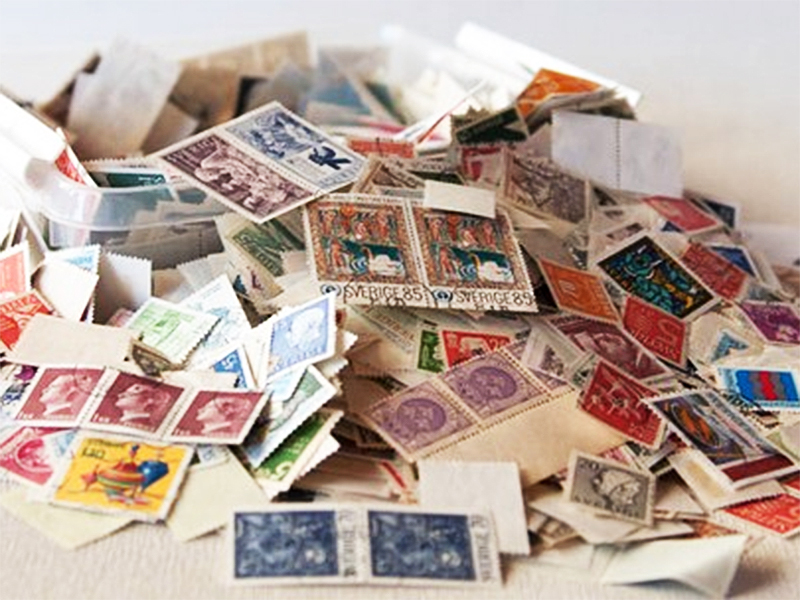
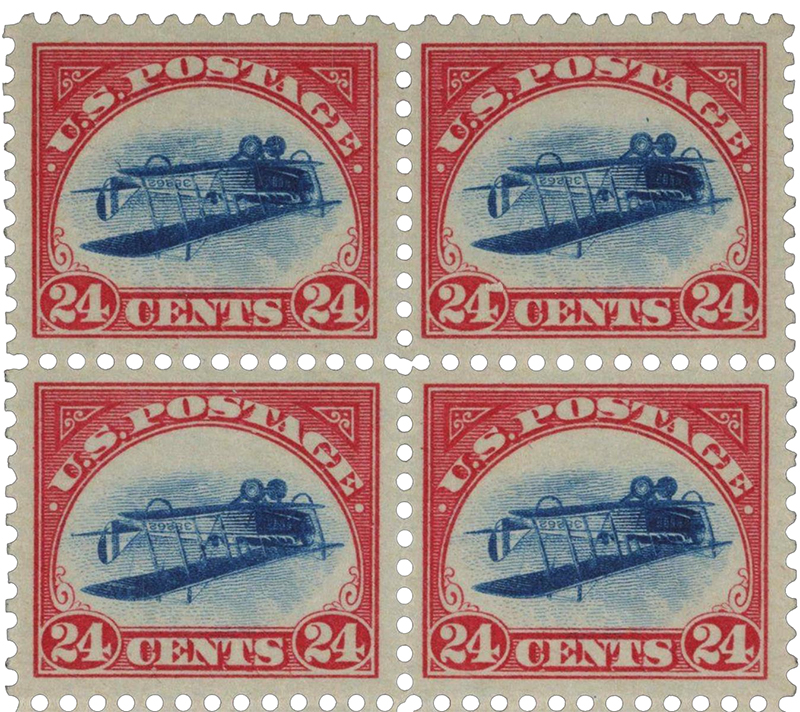
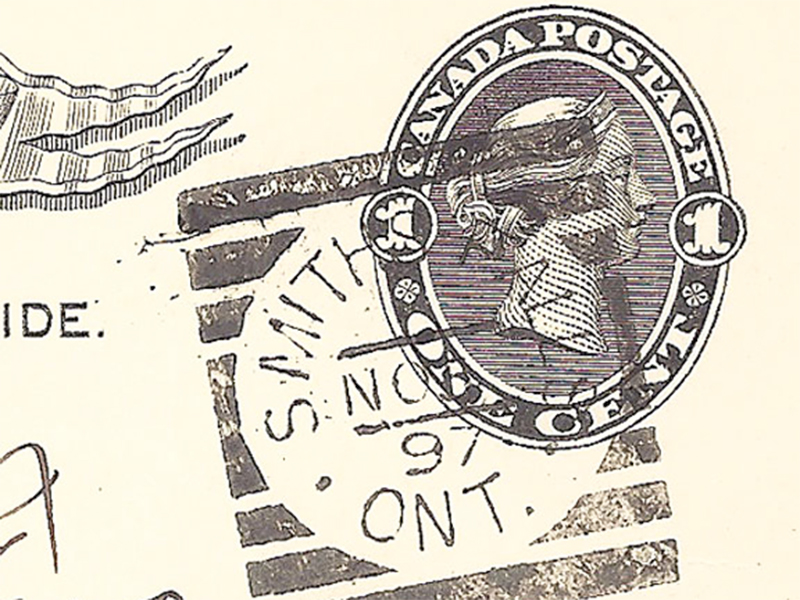
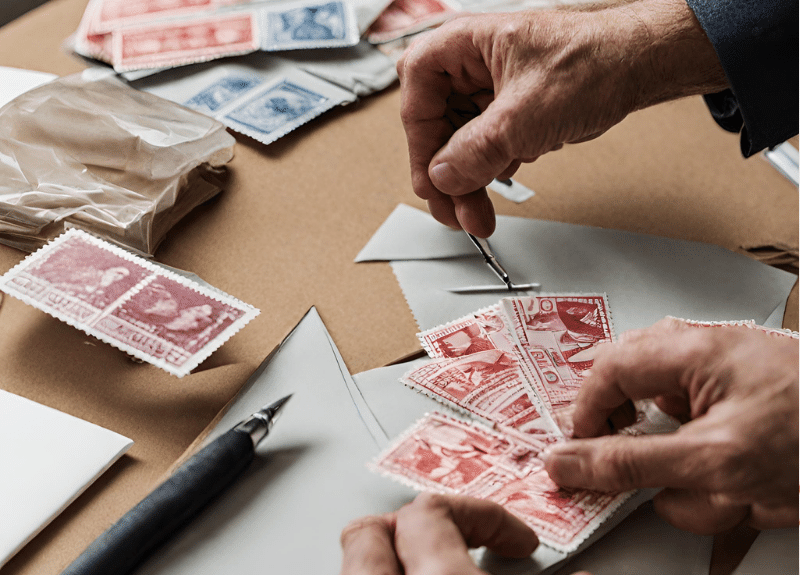




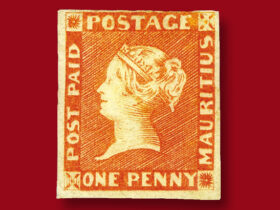
Leave a Reply